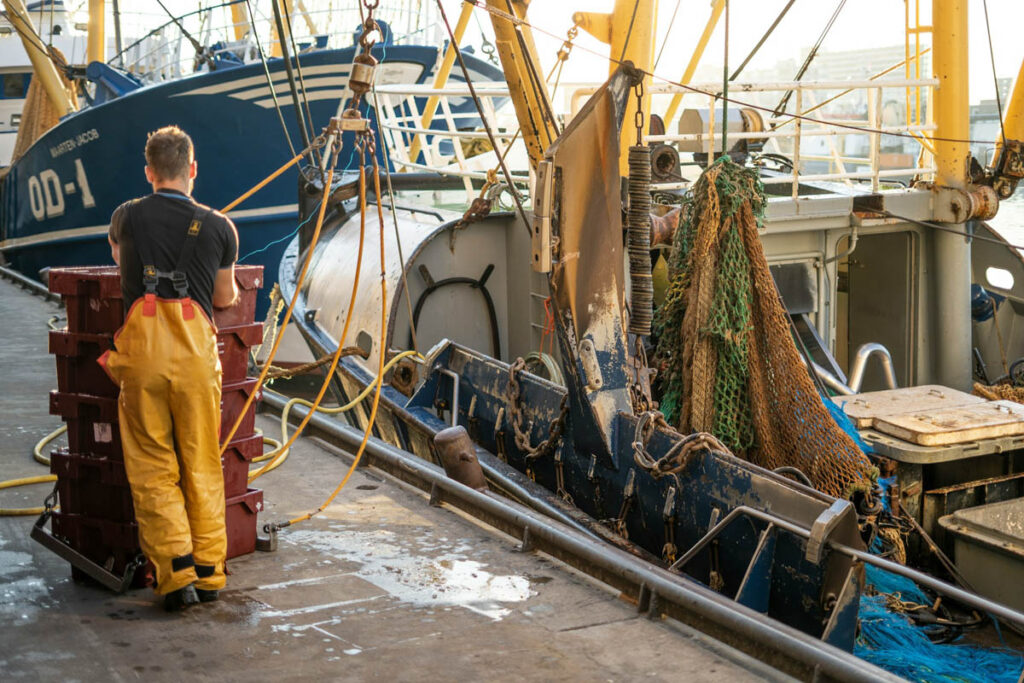St. JOHN’S—The Department of Fisheries, Oceans and the Canadian Coast Guard (DFO) recently acknowledged the important connection between the health of capelin and cod stocks in setting a new limit reference point (LRP) for capelin. Given this link and the fact that neither stock has seen significant growth, Oceans North is asking for at least a 50 percent decrease in the total allowable catch for both.
“A coordinated approach gives each stock a better chance of recovery and offers the best hope for achieving sustainable and profitable fisheries in the future,” says Katie Schleit, Oceans North’s Fisheries Director.
Katie Schleit
During our participation in the 2J3KL Groundfish Advisory Committee, DFO confirmed that the 2J3KL Northern cod stock is now in the cautious zone after being in the critical zone since the fishery collapsed in the 1990s. This comes after the LRP was changed in 2023, following the addition of more data and an extended analysis of the stock assessment model.
However, the stock size has not changed despite the LRP being lowered, and it is only 20 percent above the LRP. There has been no growth in the stock since 2016 due to natural mortality and ecosystem conditions. Natural mortality is due to the limited numbers of capelin, which are a key prey for cod; northern cod productivity is directly linked to capelin availability.
In 1992, the commercial Northern cod fishery was shut down but an inshore stewardship fishery was still allowed by DFO. Since then, fishery removals have been low, but under model projections to 2027, there is a 42 percent chance that stock will once again be in the critical zone even with no fishing. If we double levels of fishing, there is an even higher chance (52 percent) of being in the critical zone in three years.
The capelin fishery also collapsed in the early 1990s and is yet to recover into the healthy zone. Like cod, capelin are considered a keystone species in the Newfoundland and Labrador ecosystem. Because the cod and capelin LRPs are linked, capelin is also now believed to be in the cautious zone rather than critical following the change in the LRP for northern cod. However, the stock size of capelin is only 10 percent of what it was before the collapse, and it is not expected to increase any time soon. Therefore, despite their move to the cautious zone, there is an extremely limited chance that the Northern cod stock will grow due to the lack of capelin in the ecosystem.
“We have a very long way to go before we are in the healthy zone for either stock, but an ecosystem approach to fisheries management has the best potential to get us there and provide benefits,” Schleit says.
Katie Schleit







